John Carpenter is a household name for anyone who enjoys sci-fi, horror, and even action (probably up there with David Cronenberg). His original Halloween film gave life to a long and hugely successful franchise that included two different reboots. Carpenter's esoteric sci-fi films have garnered him critical acclaim, as well as a devoted fanbase over the years, with many of his features becoming cult classics.
What many don’t know or remember is that Carpenter received an Oscar very early in his career (to be precise, an Academy Award for Best Live Action Short Film) for The Resurrection of Broncho Billy (1970). A genre auteur of immense talent whose archetypal artistic choices we will explore on this list.
10 Kurt Russell
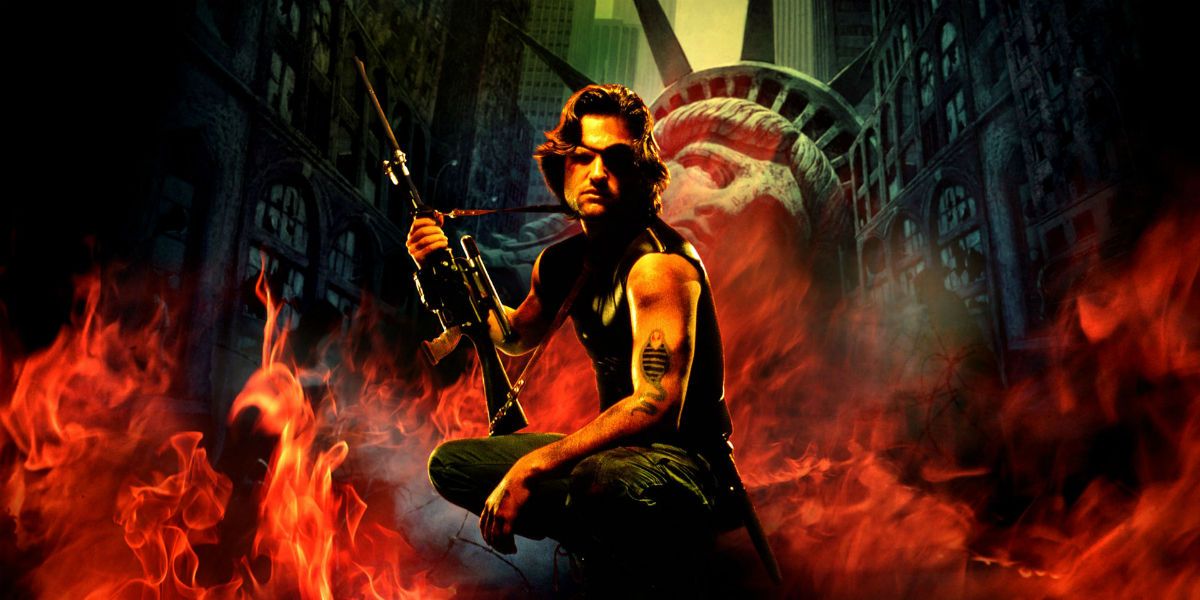
People have seen Kurt Russell in many a Carpenter film; they have also not seen him because some of their collaborations have fallen in undeserved obscurity (like the TV-movie Elvis and the lesser-known action-comedy Big Trouble In Little China).
From the truck driver that has no idea what he is doing when thrown into adventures in Chinatown to the hardcore former soldier and man of few words, Russell is a versatile actor and quite fitting for Carpenter’s style. His definite hit is the tough-as-nails helicopter pilot R.J. MacReady in The Thing.
9 “In Case You Forgot Who Wrote It”
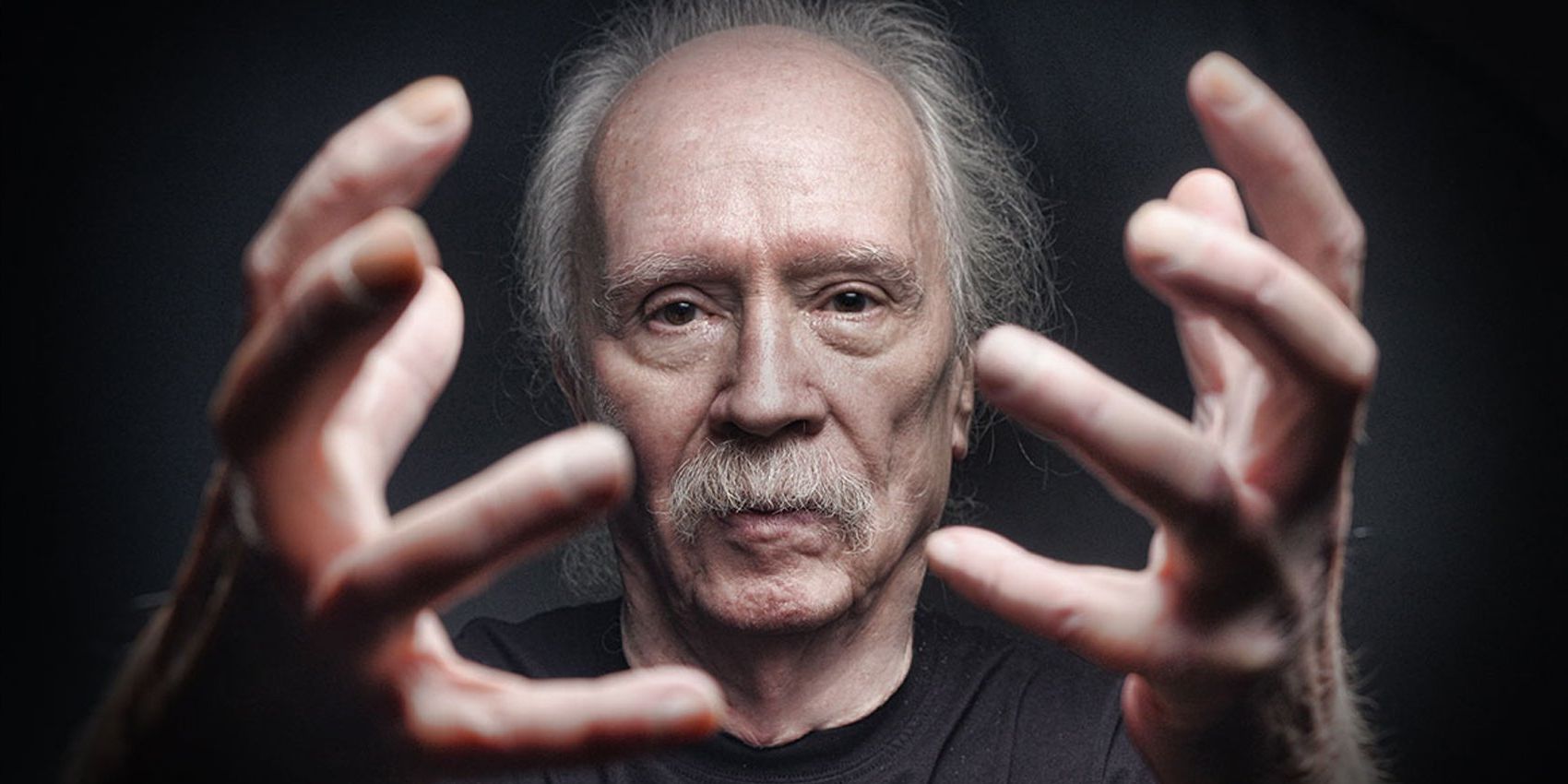
This is a named trope that Carpenter often indulges in. It is quite simple really: Instead of calling his films just Prince of Darkness or The Thing, he names them “John Carpenter’s…”.
In this sense, Carpenter imitates many auteurs that influenced him. He aimed to create films that possessed this idiosyncratic quality that would make him unique amongst directors, like Alfred Hitchcock and Sergio Leonne had achieved.
8 Looming Doom & Building Tension
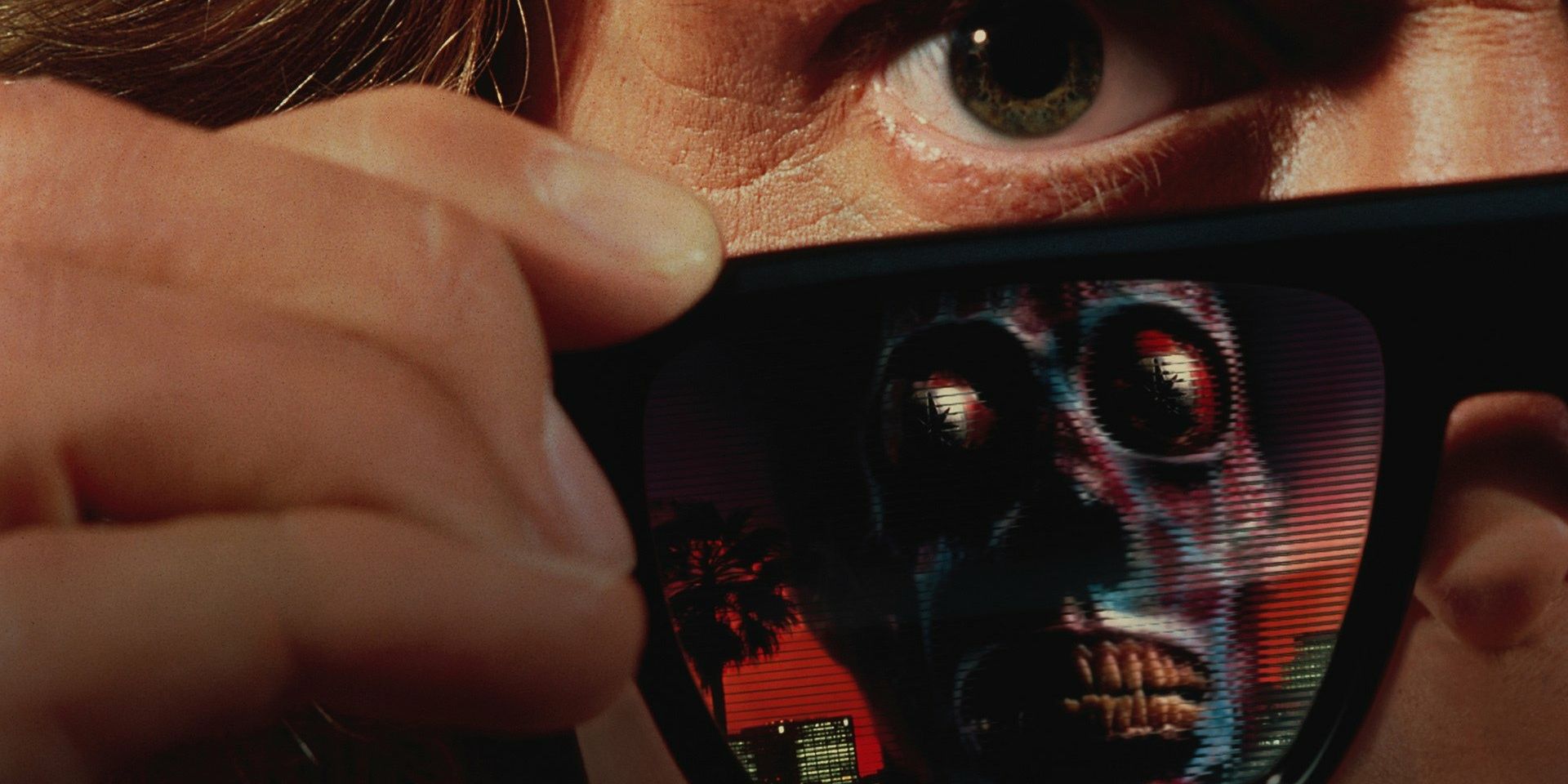
Add up all the components of a Carpenter film, and the result is this sense of approaching evil; this foreboding, sinister other or…thing that constantly approaches, until it gets a lot closer than anyone ever wanted. Carpenter can make something as cute and innocent as a sled dog appear menacing, and that was before it “shed” its skin (see The Thing).
In Halloween, audiences are introduced to a charming suburban area filled with idyllic homes and green grass, only to have the whole surface distorted by this huge ominous figure that acts like a ghost or a stalker.
7 Claustrophobia, Isolation, & Unease
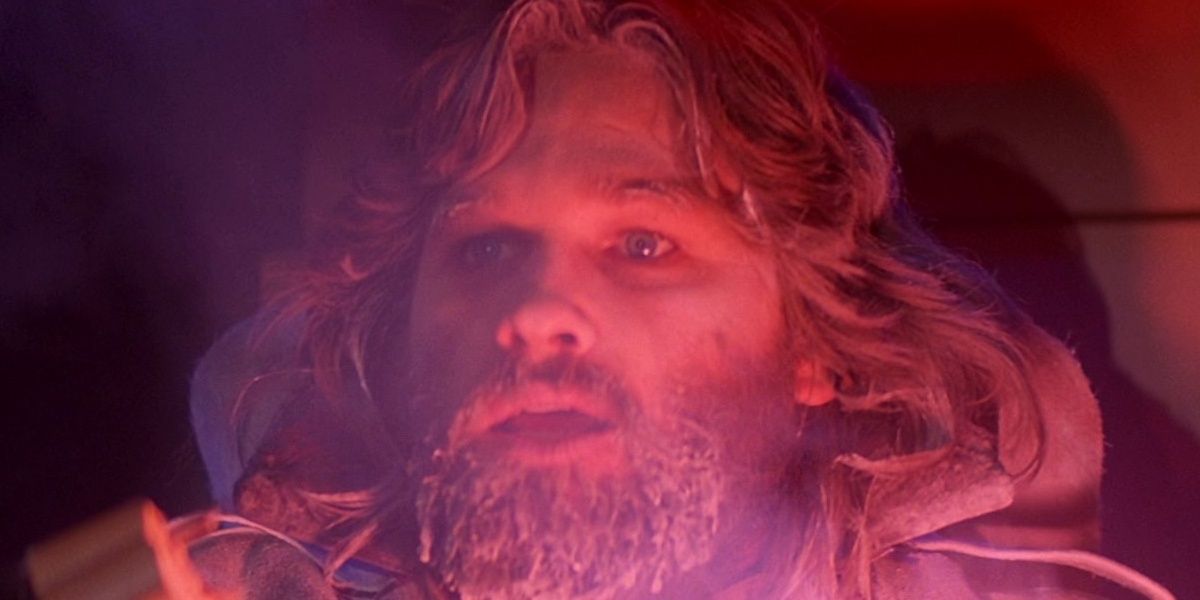
A lot of settings in Carpenter films are isolated places with no help in sight or are made to feel that way. In Escape From New York and its sequel, Escape From L.A., whole cities are turned into fenced lawless prisons that are governed essentially by natural selection.
In The Thing, the research crew stationed in Antarctica has zero defense against the alien creature, since they are completely isolated in a remote and hostile environment. In Prince of Darkness, all the characters are trapped in a monastery with mysterious demonic entities that will not let them go.
6 He Is His Own Soundtrack Composer
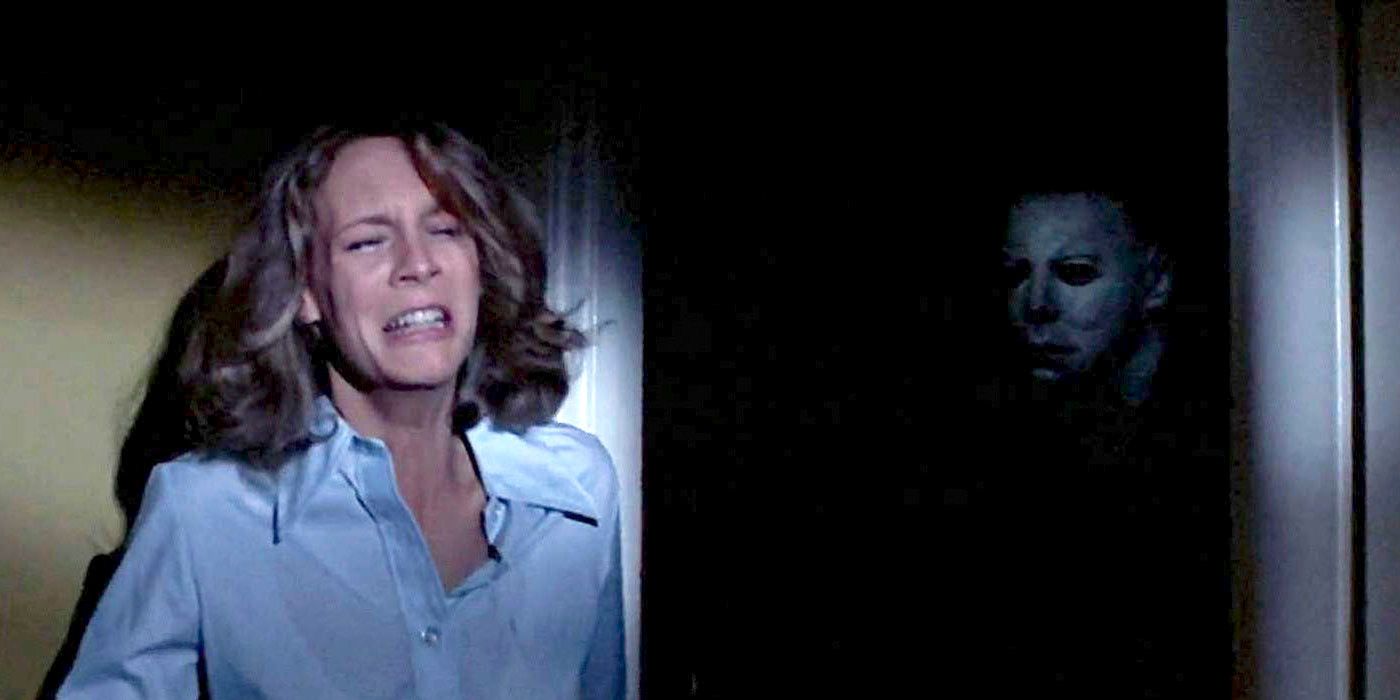
It is not a Carpenter film if it does not sound like a Carpenter film. Carpenter composed the scores for many of his movies and in the unlikely event whence he did not, he still provided a lot of guidance as to exactly how he wished the film to sound.
Carpenter employs electronic music and a synthesizer, a reflection of the times when he broke through as a filmmaker (the '70s and '80s). If one listens carefully, the notes heard the most are bass, low, intense, with a disturbing tone. The music is in tune with this thing that is coming closer and closer…
5 Only Genre Films
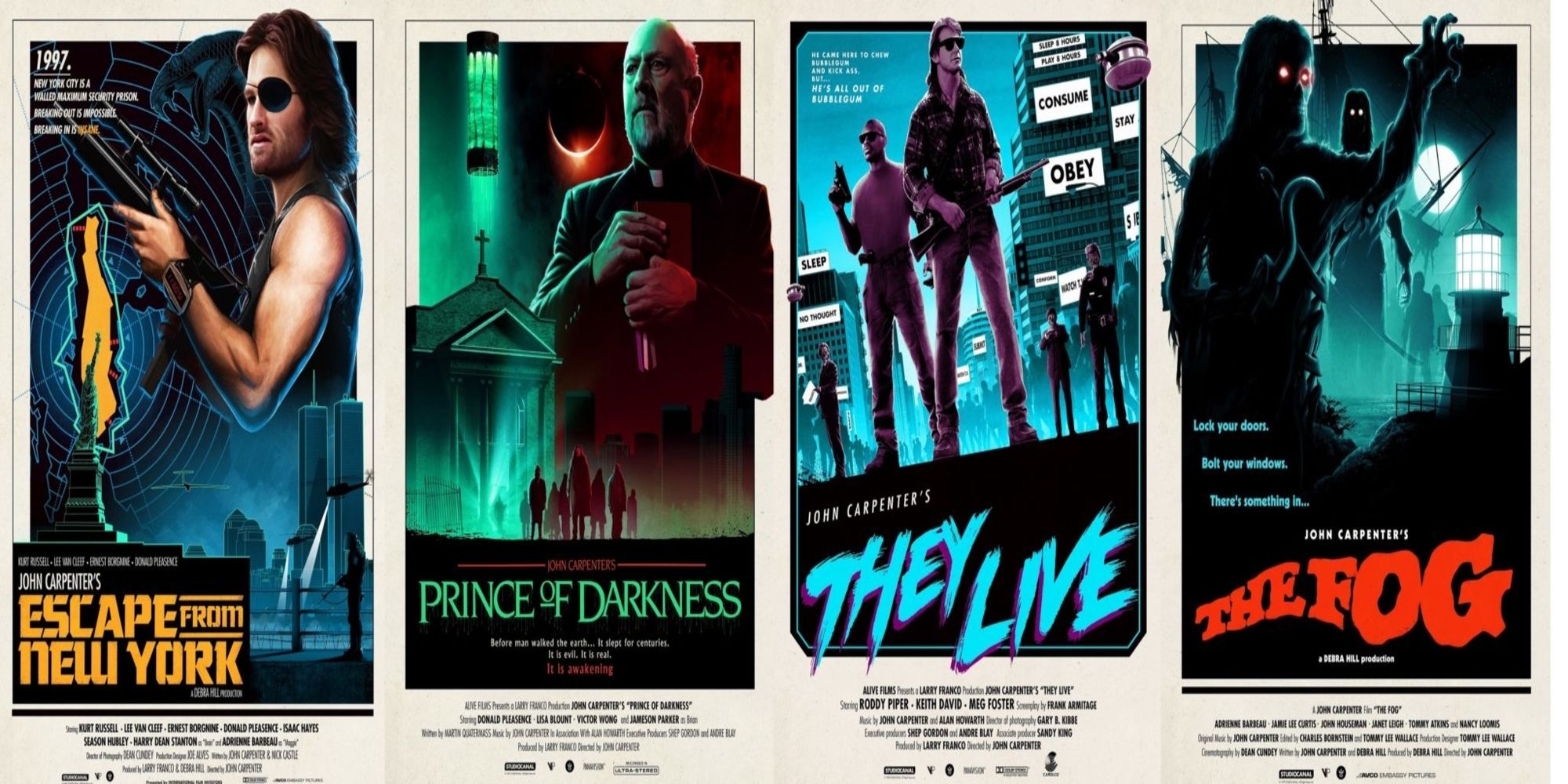
Despite his entire and notably long career as a filmmaker, it would be a challenge to come up with any feature or short film by Carpenter that is not a genre production (as in sci-fi, horror, thriller, action, even westerns). Carpenter was influenced/inspired by filmmakers such as Howard Hawks, Alfred Hitchcock, and Sergio Leonne, and he wanted to be remembered as an artist of the same magnitude.
Carpenter's first-ever film, Captain Voyeur, was an 8-minute-long production that included elements later incorporated in Halloween. His second film, The Resurrection of Broncho Billy (again a short), was a western with surreal and sci-fi elements.
4 A Genre & That Genre’s Parody

Sometimes (or plenty of times) Carpenter’s films appear to be self-aware. He uses exaggeration to make audiences realize they are watching this genre and not any other.
This obviously does not mean he is formulaic; on the contrary, Carpenter knows how to make a brilliant – let’s say – sci-fi film, but he also incorporates humor to reminds everyone what is great about sci-fi and also not to take things too seriously. Notable examples of this are Big Trouble In Little China, They Live, Escape From New York and its sequel, and probably Village Of The Damned.
3 Anti-hero Protagonist & All So Manly
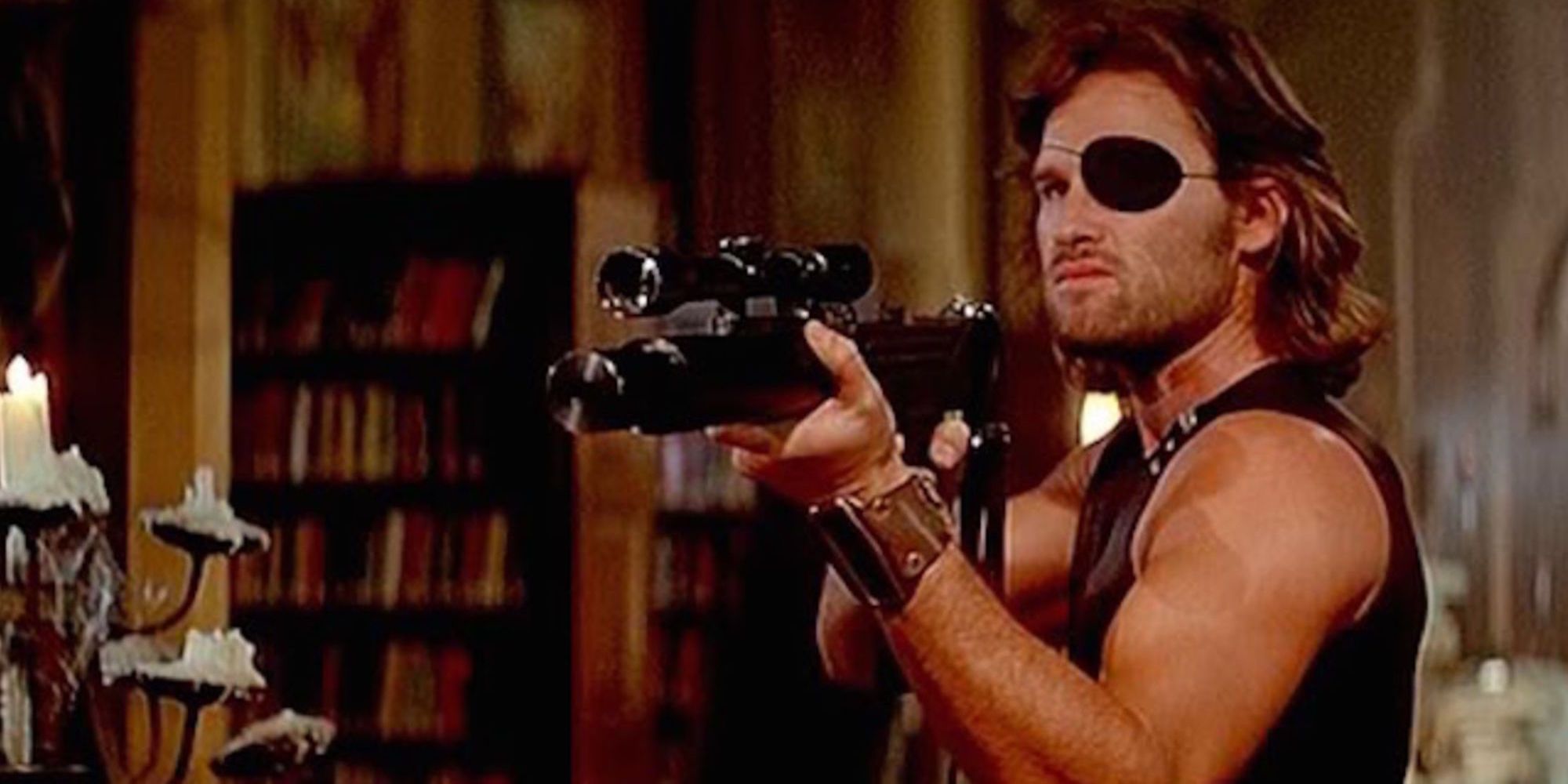
This applies to all his films with Kurt Russell (maybe with the exception of Elvis) and also Assault on Precinct 13 and They Live. But do not worry, this is not the typical male macho action hero.
He is allowed (or even encouraged) by the filmmaker to be bitter, unwilling, non-idealistic, and disillusioned like Snake Plissken; or to be goofy, overconfident, and to make mistakes like Jack Burton; or even to appear like a hyperbolic parody of the action hero, all with the funniest and cheesiest one-liners like John Nada. R.J. MacReady (The Thing) is perhaps Carpenter’s most straightforward interpretation of the tough anti-hero.
2 Contained, Purposeful, But Graphic Gore
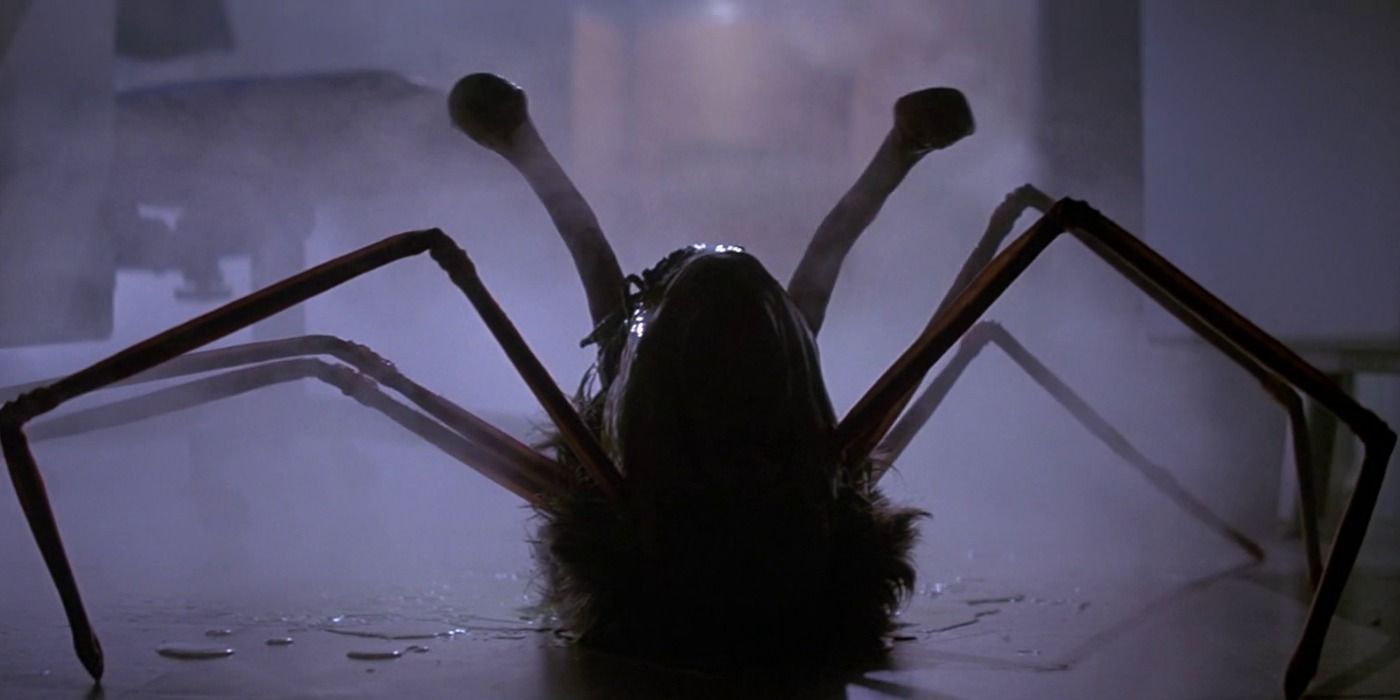
Anyone who has watched Halloween many times must have noticed that it is fairly bloodless. Certainly, the violence, stabbing, shooting, and butchering are there; conversely, the blood and guts are mostly implied.
However, when Carpenter does decide to show gore, he shows plentiful amounts. In The Thing, once the tension is created, the audience gets the skinned dogs, melting heads, and puddles of blood they assumingly crave. Still, there are long intervals between the explosions of gore, like the waiting makes it feel more rewarding.
1 Disturbing Conclusion
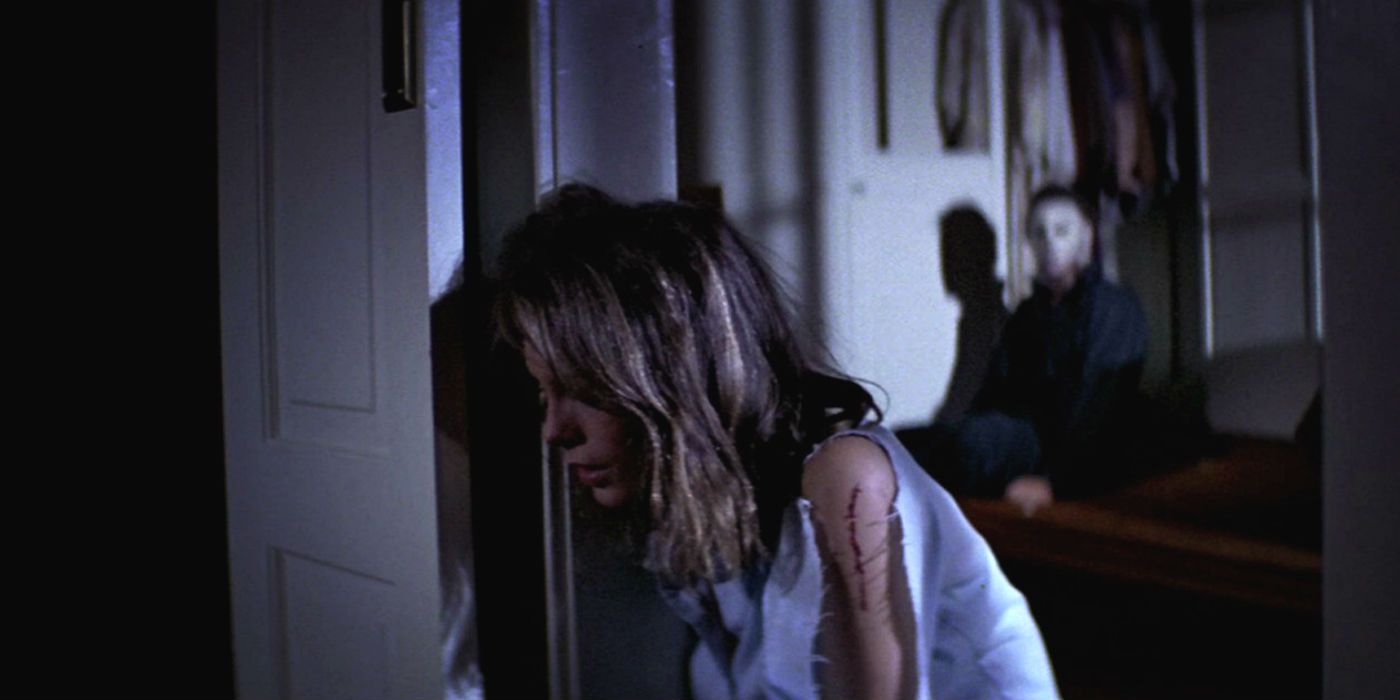
It is rare for a Carpenter film to have an unquestionably happy or even completely conclusive ending. He loves cliff-hangers and will do anything to make the audience discuss his films and contemplate them long after they have left the cinema or turned off the telly. In Halloween, towards its closure, a shot is shown of a supposedly dead Michael Myers, only for the film to revisit the same angle seconds later and reveal that he, in fact, survived.
In The Thing, the two surviving crew members sit together dying while we wonder if one of them will transform into the creature (and whatever implications that would carry). In They Live, even though the world is saved, the protagonist dies; meanwhile, in Escape From New York, although the protagonist is saved, the world’s future is bleak.
from ScreenRant - Feed https://ift.tt/2YPCRXj

0 Comments